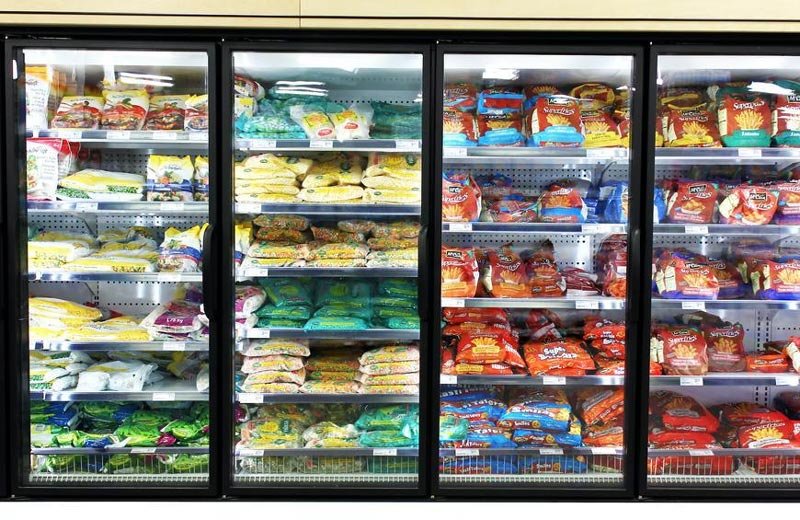Frozen Food

The first patent for freezing food was granted in 1852 in England. This involved immersion of the food in an ice-and-salt brine. All other patents granted at that time used ice-and-salt mixtures for freezing food. But frozen foods
could not be used widely until the invention of mechanical refrigeration. This made the freezing and transporting of meat possible over long distances.
Foods other than meats and fish were preserved by freezing in the beginning of twentieth century only. H.S. Baker froze fruits in Colorado in 1908. The purpose of this way to preserve the part of the fruit crop that couldn’t be marked and sell it for use later.
Initially strawberries and cherries were frozen mainly by cold-pack method. This means placing barrels or containers of the fruit in large storage rooms where the temperature is maintained at about 25 degrees below 0°C. The quick freeze method to freeze food was developed in Germany, in 1916. This allowed freezing of food in a few hours instead of in several days. In 1917, Clarence Birdseye began to work on methods for freezing food in small containers for sale in stores. It wasn’t until 1919 that the first commercial pack of this type was marketed. Later on, it was found that many vegetables could also be preserved in this manner, and the frozen—food industry started taking the modern shape.

